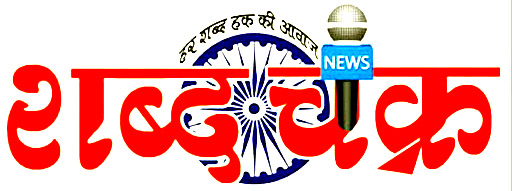Interesting VIDEO: बाथरूम में किंग कोबरा को बच्चों की तरह नहलाया किंग कोबरा को

सोशल मीडिया पर आए दिन ये वीडियो देखने को मिलते हैं जो चौंकाने वाले होते हैं। आपने कुछ लोगों के दूसरे खतरनाक जानवरों के के साथ वीडियो देखे होंगे, लेकिन क्या कभी इंसान को सांप को नहलाते देखा है? नहीं तो आज जरूर देख लेंगे। वह भी कोई छोटा-मोटा सांप नहीं, बल्कि किंग कोबरा है।
वायरल वीडियो में किंग कोबरा बाथरूम में है, वहीं, शख्स उनके सामने खड़ा है। वह शख्स एक डिब्बे वाली बाल्टी से पानी भरता है और कोबरा को नहलाना शुरू कर देता है। यह वीडियो सोशल मीडिया पर खूब देखा जा रहा है और कमेंट्स में इस युवक की हिम्मत भी देखने को मिल रही है।
<
Bathing a king cobra?
Snakes have skin to protect & keep them clean, which they shed periodically.
So what’s the need for playing with fire? pic.twitter.com/rcd6SNB4Od— Susanta Nanda (@susantananda3) October 17, 2023
>
नेटिजन कर रहे तरह-तरह के कमेंट्स
इस वीडियो पर कमेंट कर रहे कुछ लोगों का कहना है कि ये शख्स साहसी है जो कोबरा से भी नहीं डरता। कुछ लोगों का कहना है कि ये आदमी मूर्ख है, जो इस कोबरा पर पानी डालकर अपनी जान जोखिम में डाल रहा है। कुछ सोशल मीडिया यूजर्स तो यहां तक लिख रहे हैं कि इस कोबरा के जहर वाले दांत को निकाल दिया गया है, इसलिए ये शख्स बिना डरे इसके साथ खेल रहा है।




